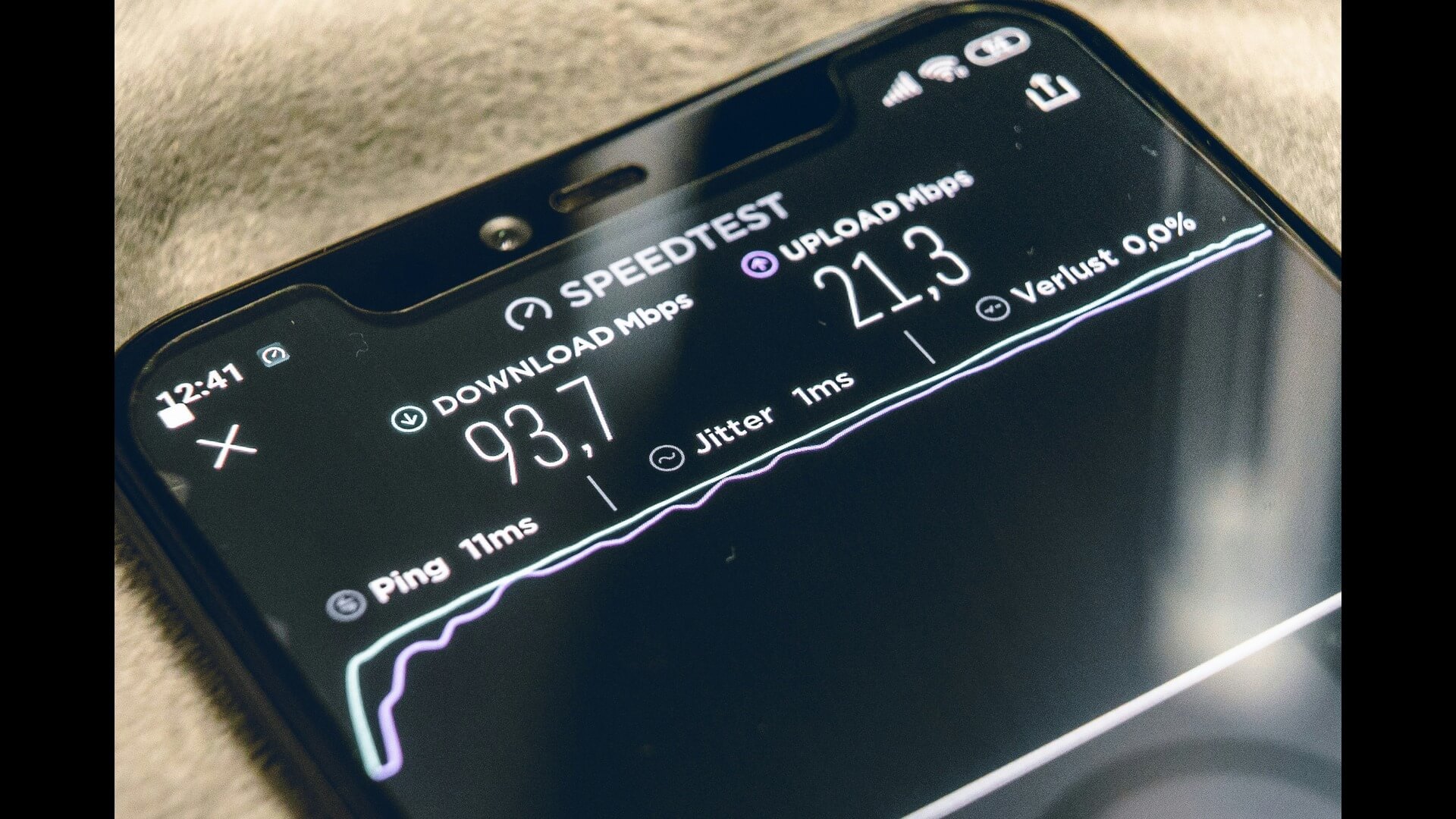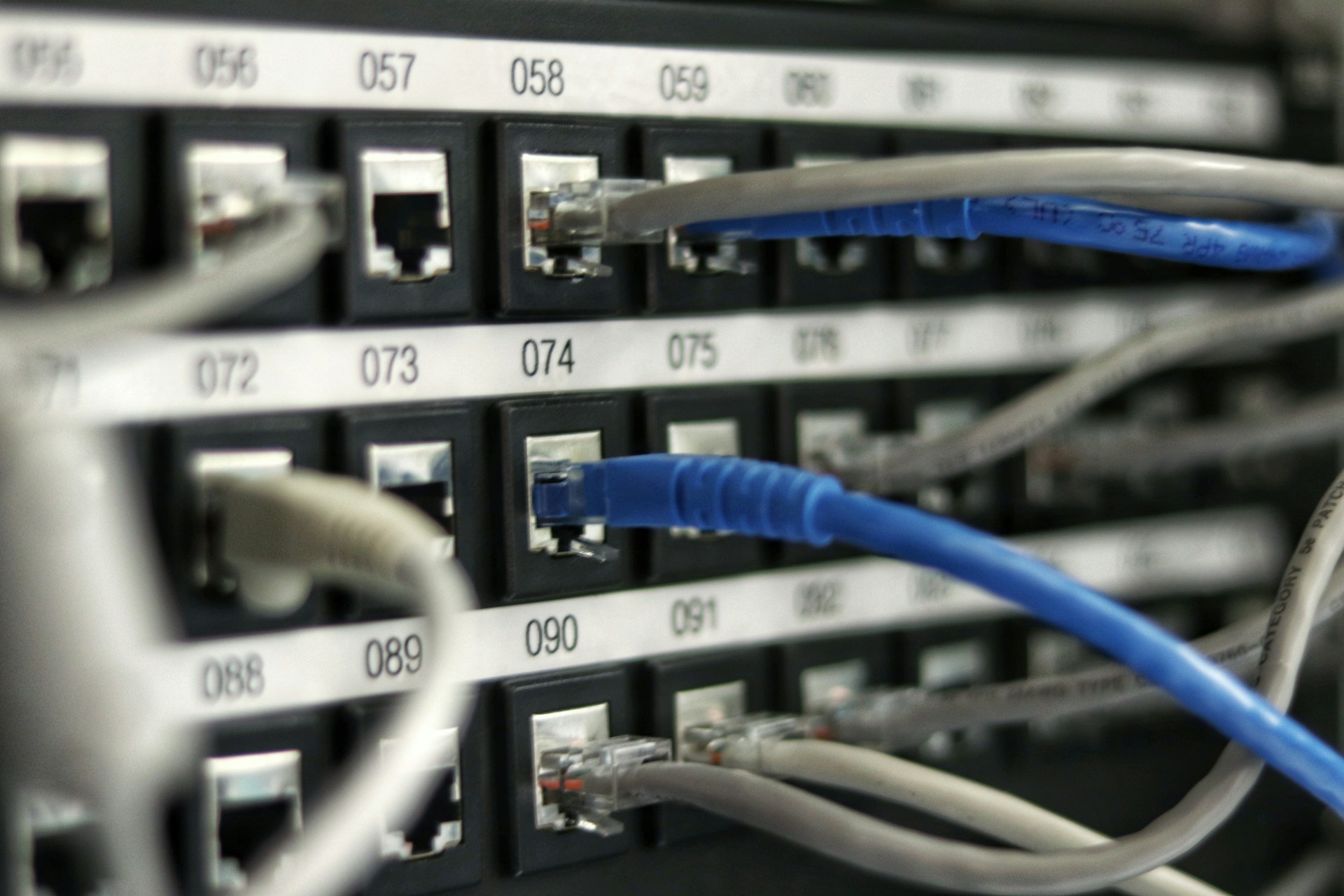
Cybersecurity for the Internet of Things Is Crucial
April 25, 2017 - Emily Newton
Revolutionized is reader-supported. When you buy through links on our site, we may earn an affiliate commission. Learn more here.
We could start this off by talking about the 2014 Home Depot point-of-sale breach that’s now costing the company millions, or we could talk about the Ashley Madison breach that led to a U.S. Federal Trade Commission investigation and fines. Perhaps we should go with something more recent? Like the distributed denial-of-service or DDoS attack on Dyn, one of the most renowned internet infrastructure companies? We’ll stop there for now, but we’ve made our point. IoT cybersecurity is vital in today’s world, so much so that both digital security and data protection should be at the top of everyone’s priority list. It’s not just a matter of security for the business world, it’s a problem for consumers, too.
Thanks to the widespread adoption of IoT, expect to see between 50 to 200 billion connected devices by 2020. With numbers like that, digital and cybersecurity is a concern for anyone, in any market. Consumers need to worry about their personal data and information, as well as what data the devices in their homes are sharing. Businesses must be aware of internal data collected about finances and employees, but they should also consider sales and personal data collected about customers. Even the government has serious concerns regarding cybersecurity and data protection.
Why Consumers Should Care About IoT Cybersecurity
From smart home thermostats to connected lights and garage doors, the modern home is becoming both more “smart” and more efficient. Many of the connected products we see today allow homeowners to control and interface with them remotely from a smartphone app or similar service.
For example, a smart garage door opener lets users check the status of the door — open or closed — from a phone app. Using that same app, they can then open or close that garage door, remotely, even miles and miles away. Of course, the whole system must be connected to an internet gateway for this to be possible.
That opens up many vulnerabilities and challenges. A hacker could remotely gain access to that garage door. In many homes, that means access to the house. Perhaps even more worrisome is hackers could collect the data used and transmitted by that garage door to learn more about the homeowners.
Threat actors could survey what time homeowners usually open the garage door, clueing them into the times people leave for work or arrive home. They could see who has access to the garage and when they come or go. They could even use something like a smart home security camera or smart video doorbell to visually check on that home.
Keep in mind that we used the single example of a smart garage door. Hackers could also collect the data from devices like Amazon Echo or Google Home, a smart lock, a smart home hub, smart security equipment and even motion or safety sensors.
These devices collect and store a great deal of personal data and information that you might not expect people to use in harmful ways. However, that doesn’t change the fact that it can and will be done, especially in the wrong hands.
Why Businesses Should Prioritize IoT Cybersecurity
You could argue the business world has it worse. Not only do they need to worry about the internal data of their processes and employees, but they also need to be concerned about protecting customer data and information.
The Home Depot and Ashley Madison breaches we mentioned earlier are great examples of what can happen when people do not take security seriously. Stolen data can be harmful to customers, but it can also be just as detrimental to the business that was supposed to be protecting it. Customers trust these companies to securely store and protect their information.
Most of the time, this means protecting their wallets, but in the case of the Ashley Madison breach, a lot more was on the line than money. But more importantly, this technology — the Internet of Things — is expanding considerably to include platforms and hardware that wouldn’t normally be affected.
For instance, experts predict 90% of cars will have an internet connection by 2020. This includes a wide variety of vehicles, from public transportation to personal cars. You better believe that business-owned vehicles are part of that demographic, too.
This goes to show the ultimate concern and needs for decent IoT cybersecurity. As more devices and hardware become connected, it will be even more important to not only protect direct control of them but also the data and information these devices are collecting.
How to Secure Your Connected Devices
There are several ways to protect both your connected devices and personal data. One is to adopt more secure hardware, like the Bitdefender Box, F-Secure Sense, or the Keezel VPN box.
Another way to protect your data is to access the internet — through all your home devices — using a VPN, or virtual private network. This helps mask both your external IP address and the data coming and going from your home network.
Adopt strong passwords that use a combination of numbers, upper and lowercase letters and symbols. Never reuse passwords across accounts or services, and never use common or public information about yourself or business, like anniversaries, birth dates, names or addresses.
Finally, make auditing the security and traffic on your network a priority and regular procedure. Believe it or not, you have full control over what’s happening on your network — home and otherwise — and you can always monitor incoming and outgoing traffic with the right tools.
Of course, the best defense is a good offense, or, in this case, beefing up your knowledge of IoT cybersecurity. The more you know about protecting yourself, your systems and your data, the better prepared you can be. Educate yourself and learn much as you can about cybersecurity.
Revolutionized is reader-supported. When you buy through links on our site, we may earn an affiliate commission. Learn more here.
Author
Emily Newton
Emily Newton is a technology and industrial journalist and the Editor in Chief of Revolutionized. She manages the sites publishing schedule, SEO optimization and content strategy. Emily enjoys writing and researching articles about how technology is changing every industry. When she isn't working, Emily enjoys playing video games or curling up with a good book.







